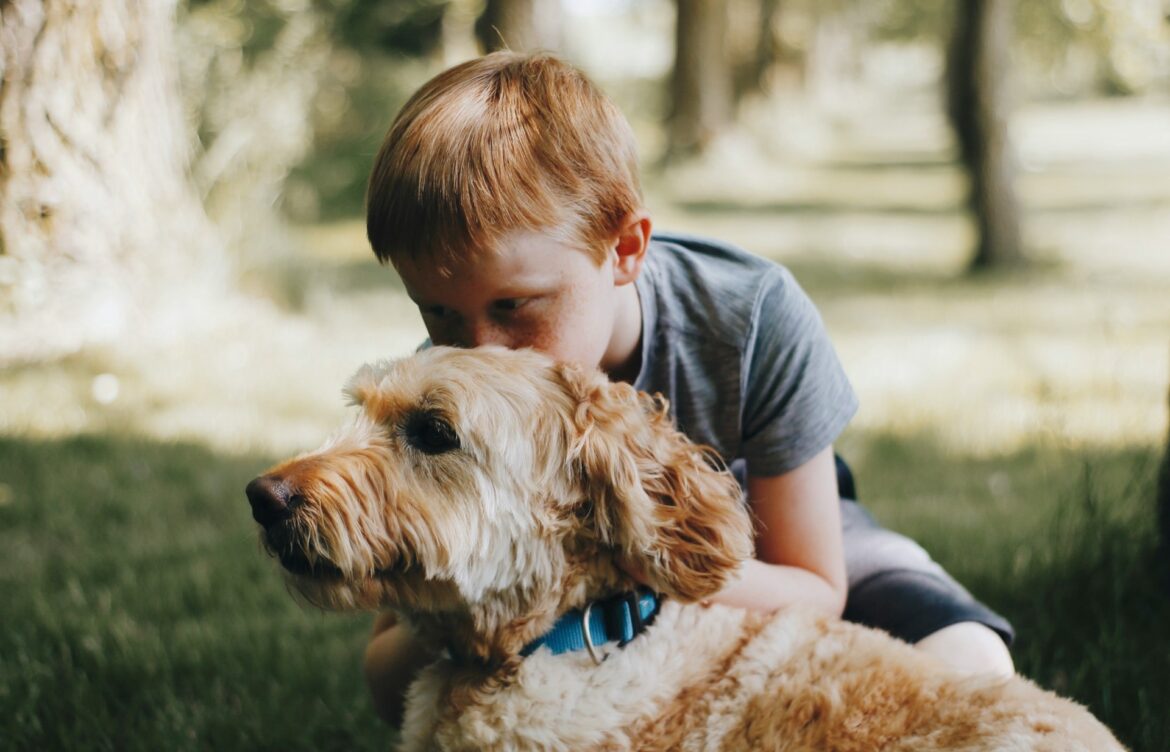
Say Goodbye to Dog Allergies: Expert Tips for a Happier, Itch-Free Pup
From Itch to Joy: Understanding and Managing Common Dog Allergies for a Healthier Pet
Identifying Signs of Allergies in Dogs
Noticing your dog scratching more than usual can be the first sign of allergies. Common symptoms include excessive itching, red skin, sneezing, and even chronic ear infections. Behavioral changes like increased licking or chewing of their paws, legs, or belly are also red flags. It’s crucial to observe these signs early to manage your pet’s discomfort and prevent more severe issues.
Allergies in dogs are triggered by a variety of factors including environmental allergens like pollen and dust, food ingredients, and flea bites. Each type presents differently, making it essential to understand the specific symptoms and triggers. Dogs, like humans, can show allergic reactions to harmless substances, as their immune systems mistakenly identify them as dangerous.
If you notice these signs, consider logging them. Keeping a record can help your veterinarian make a more accurate diagnosis. Remember, scratching is normal to some extent, but if it’s excessive and accompanied by other symptoms, it’s time to check with your vet.
Effective Treatments for Dog Allergies
The cornerstone of treating allergies in dogs involves identifying the allergen and managing exposure. For environmental allergies, regular baths can reduce skin irritants. Hypoallergenic shampoos are a great choice to soothe irritated skin and wash away allergens from your dog’s coat. Consult a veterinarian about appropriate products that are safe and effective for your dog.
When it comes to food allergies, an elimination diet can be a useful tool. This involves feeding your dog a simple diet, where ingredients are gradually introduced one at a time to determine which one causes an allergic reaction. This method can be lengthy but is highly effective at identifying specific food sensitivities.
For severe cases, a vet may prescribe medications such as antihistamines or steroids to control severe itching and inflammation. Additionally, newer treatments like allergen-specific immunotherapy, which involves exposing the dog to small amounts of the allergen, can help build tolerance over time.
Building an Allergy-Free Environment
To help your dog live a more comfortable, itch-free life, creating an environment that minimizes allergens is key. Start by keeping your home clean: vacuum regularly, use air purifiers to reduce airborne allergens, and wash your dog’s bedding weekly. For outdoor allergens like pollen, wiping your dog down after they’ve been outside can reduce their exposure.
Consider your dog’s other accessories, such as collars and toys, which can also harbor allergens. Opt for easy-to-clean materials to minimize these risks. In the yard, natural grass is often a culprit for allergies; hypoallergenic ground covers might be a better choice for sensitive pets.
Finally, diet plays a crucial role in managing allergies. High-quality, hypoallergenic dog foods can prevent food allergy flare-ups and support your pet’s overall health. Always choose a diet suited to your pet’s specific needs and consult with a vet to make the best choice.
Understanding and managing your dog’s allergies can significantly improve their quality of life. Regular vet visits and following expert guidance are imperative. With the right care, you can transform your itchy, uncomfortable dog into a happy, active companion. Remember, always opt for safe and positive approaches to care and consult professionals when in doubt.
